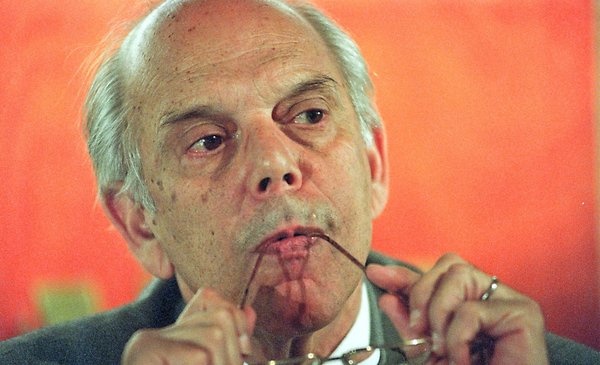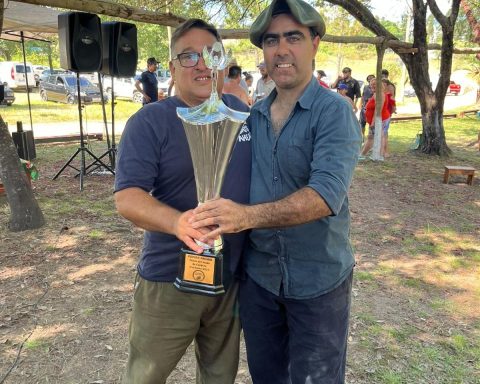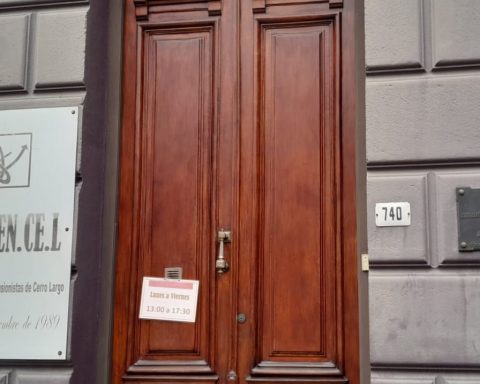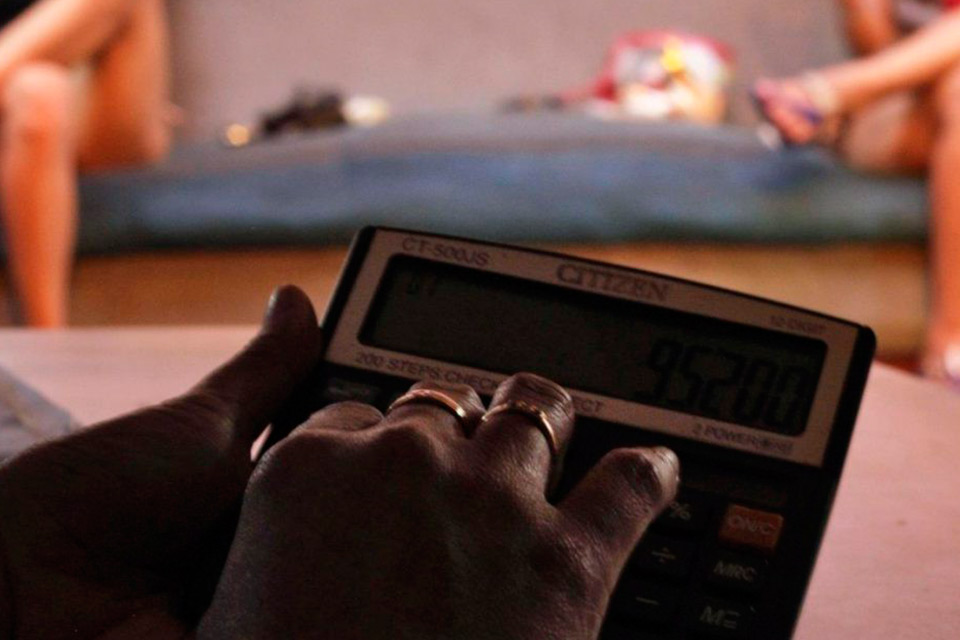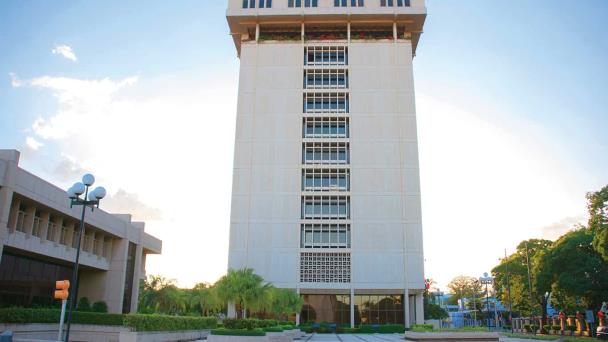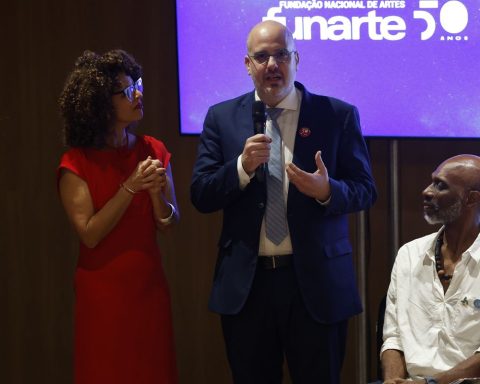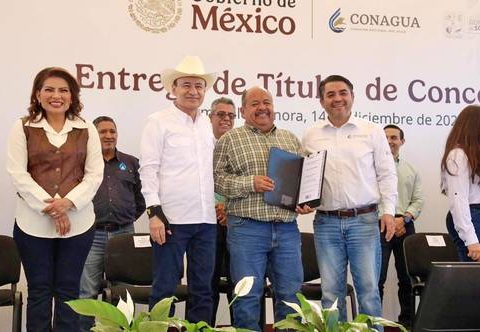The cataclysm was coming. It was May 2002 when the then President of the Republic, Jorge Batlle, sent for all the parliamentarians of the Colorado Party. The words of the president at the meeting went to the bone: “(Never) has Uruguay been faced with such a dramatic situation in the banking sector”reconstructed the journalist Claudio Paolillo in his book With the days numbered. But by then the bank run was already advancing by leaps and bounds.
Although the Tequila Effect —as the economic crisis unleashed in Mexico during 1994 is known— generated some concern, the first alarm went off after the devaluation in brazil of 1999, because it affected exports and production in Uruguay. But “the trigger was the Argentine crisis of 2001”recalled the economist and president of the National Academy of Economics, María Dolores Benavente, in dialogue with Coffee & Business.
In 2002, Uruguay had a strong dependence on Argentina for the placement of its exports, but “the corralito” imposed in the neighboring country at the end of 2001, which prevented savers from withdrawing dollars, caused many Argentines to go to bank branches in Uruguay to withdraw their foreign currency. “When the Argentines began to withdraw the deposits they had here, the crisis moved to the Uruguayan financial system, which then did not have the security measures it has today,” Benavente explained. It was the perfect storm.”
This situation “affected the heart of the system, which is the financial sector,” said the expert. Payment chains were cut and a domino effect was generated that led to the bankruptcy of companies.
In three months the dollar climbed from $17 to $30
In fact, 220 companies entered into a concordat in 2002 alone, more than double what was registered per year in that periodexpressed the manager of Legal Services of the Trade Defense League (Lideco), Fernando Cabrera to Coffee & Business. “After those years, the highest mark of contests that we have registered was 60 in one year,” Cabrera compared.
On June 20, 2002, removed flotation band systemso in three months the dollar climbed from $17 to $30. The rate of Unemployment hit historic levels and positioned itself at 17%. Between 1998 and 2002 there was an accumulated drop in GDP of 17.5%according to data processed by the report Uruguay 1998-2002: who won and who lost in the crisis?
Lessons learned and dangers forgotten
Cabrera explained that due to what happened in 2002, the Batlle government’s second law of urgent consideration, Law 17,292, created the courts specializing in insolvency matters. thanks to this measure “Justice was able to cover the crisis”Cabrera noted. This new mechanism “accelerated the processes in agreement with the creditors”and was decisive in alleviating the economic situation, he considered.
On the other hand, the manager of Lideco stressed that “be careful with the information of an entity before granting a credit, whether commercial or financial” It was one of the greatest lessons that the 2002 crisis left to the local square. “Understanding who requests it, in what conditions it is and what payment capacity it has” are fundamental data that, according to Cabrera, began to be taken into account in addition to the guarantee submitted by the financial support applicant.
Regarding the macroeconomic Benavente expressed that “the most painful thing of that time was, without a doubt, the human situation.” Added to the exponential increase in the unemployed were the people who were left out of the formal circuit of the economy after the collapse of companies.
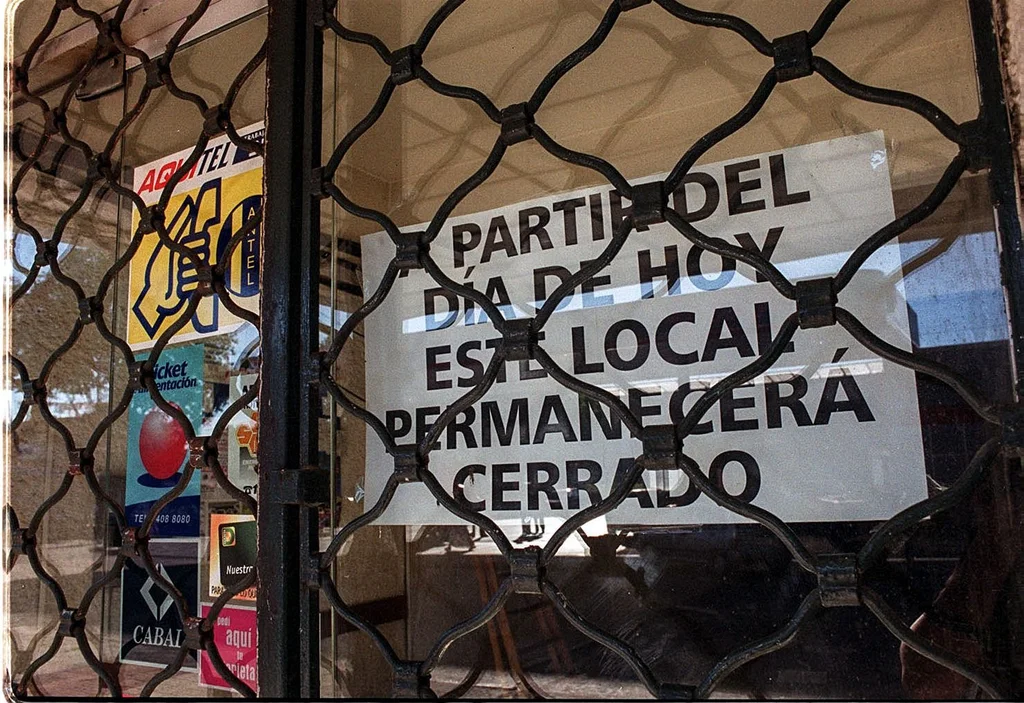
Matilde Campodonico
220 companies submitted to competition due to the crisis, twice as many as in a conventional year, according to data provided by Lideco.
If you compare the current scenario with that of 20 years ago, “financially we are betterWithout a doubt; supervision has become professionalized very much, we are more protected today regarding what Argentina is experiencing”, Benavente pointed out and argued that Uruguay has decoupled itself from the region.
However, “in fiscal matters, in international insertion and in regulations, we are worse off,” said the expert.
In this sense, he explained that although before the crisis there was a deficit, “Currently this deficit rests on a greater number of public officials because the state apparatus has grown very fat.”
For the economist, in addition, the concretion of commercial agreements with other countries or blocks is a priority. “Now an interesting window is opening with the request to join the Trans-Pacific Agreement for Economic Cooperation (TPP), the negotiations for a free trade agreement with China and eventually with other countries,” Benavente explained in this order. .
Finally, the economist expressed: “we are still dragging inefficiencies, bureaucracy, conflict in the labor market; the lack of investment has not changed or, in some cases, it is worse.”
“We don’t have to wait to see God’s face to make the changes,” said María Dolores Benavente, president of the National Academy of Economics
Although Benavente pondered the way out of the 2002 crisis and classified it as “exemplary”, he considered that, despite the fact that 20 years had passed, “the biggest problems are there and they continue to watch us”.
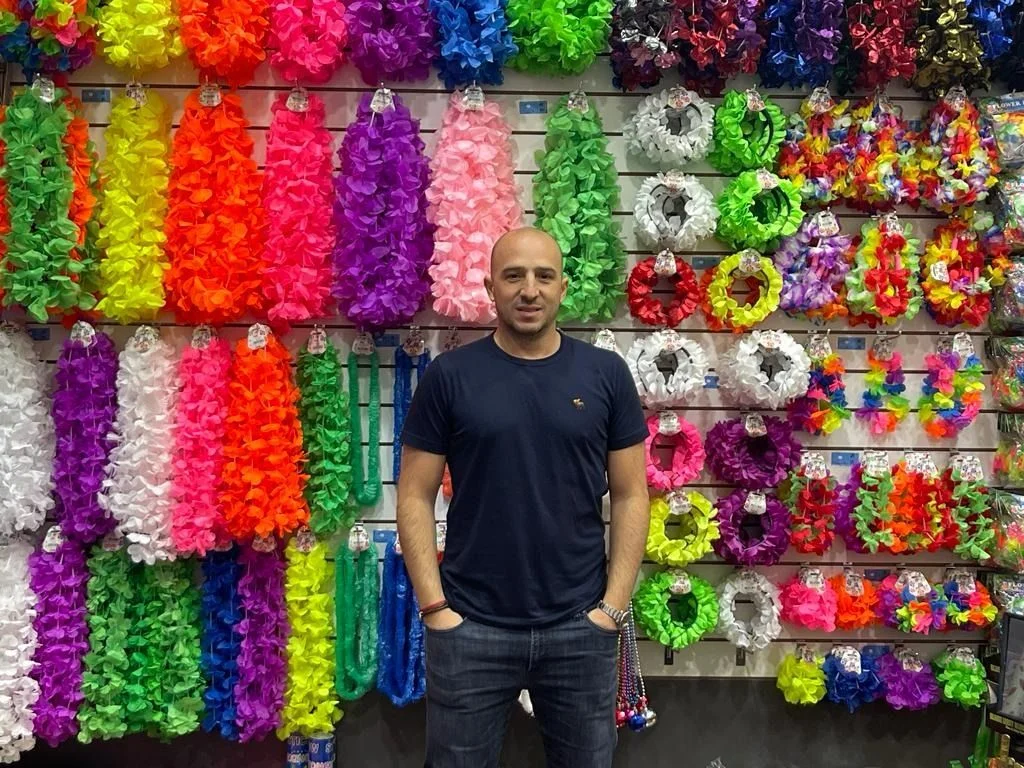
Festa House
Nicolás Ganz, director of Casa Festa
Casa Fessta: they started in the midst of a crisis, they almost gave up, but today they run a brand with their own franchisee
Shortly before the dollar skyrocketed in 2022, the brothers Nicholas and Alex Ganzaged 20 and 22, asked their father —an entrepreneur in the commercial field— for a loan to start your own company. With the initial capital they traveled to China and acquired cotillion products for create a wholesaler in Montevideo. “From one day to the next, the dollar shot up and it became impossible for us to continue,” Nicolás Ganz recalled in dialogue with Coffee & Business 20 years after that stumble.
Did they think of giving up? “Yes. We are not only thinking of returning to my father the money he lent us, but of leaving the country,” he narrated.
However, the entrepreneurs decided to stay. “From a few months after we started, in 2002, until 2004 we went through different auctions to try to rescue some weight,” added Ganz. Once they recovered some capital again, the brothers decided to reinvest, instead of paying the money back. This time, luck was different. Since then, the wholesale company began to prosper and in 2018 the Ganz decided to bet on retail as well. Thus he was born Festa House.
Currently, they have nine localdistributed in Montevideo and the interior, and also incorporated new product lines, such as bazaar and decoration. In fact, next week they will open a new point of sale in Nueva Helvecia (Cologne), according to Ganz.
In large part, the expansion of Casa Fessta is due to a franchisee system in alliance with an Argentine company.
Myrbox: They started selling boxes in an apartment and today they have their own production plant

myrbox
Gerardo Longo and Myriam Ferrari, founders of Myrbox
“You have to always give it forward; with responsibility and a little bit of luck, things work out”, assures Gerardo Longo to Coffee & Businesslooking back on the last 20 years in which Myrbox, his company, has not stopped growing.
In 1998, Longo’s wife, Myriam Ferrari, lost her job. Time after, In April 2002, the couple took the plunge with a cardboard box sales company. In fact, the name of the company is due to that of its founder.
“We are children of the crisis,” Longo said.
The partners began with a batch of boxes in a department from where they took orders from different companies.
By 2004, Myrbox had already acquired its first store. The following year, the couple imported a two-ink die-cutter and converter. But it was in 2008 when the company took off by bringing European machinery to the country to achieve the definitive autonomy of the production.
“Today we do the whole process, we import the paper, we make the cardboard and, later, the derivatives (boxes, sheets, tubes, corners); In addition, the group has a company that does work combined with graphics”, explained Longo.
In addition, the Uruguayan company owns more than 1,000 clients in the country and exports to Argentina, Bolivia, Chile and Paraguay. Myrbox has 110 employees in its own plant, which processes 400 tons of paper per month.
Cutcsa: “Between 2002 and 2003 we registered the worst mark in terms of urban ticket sales”
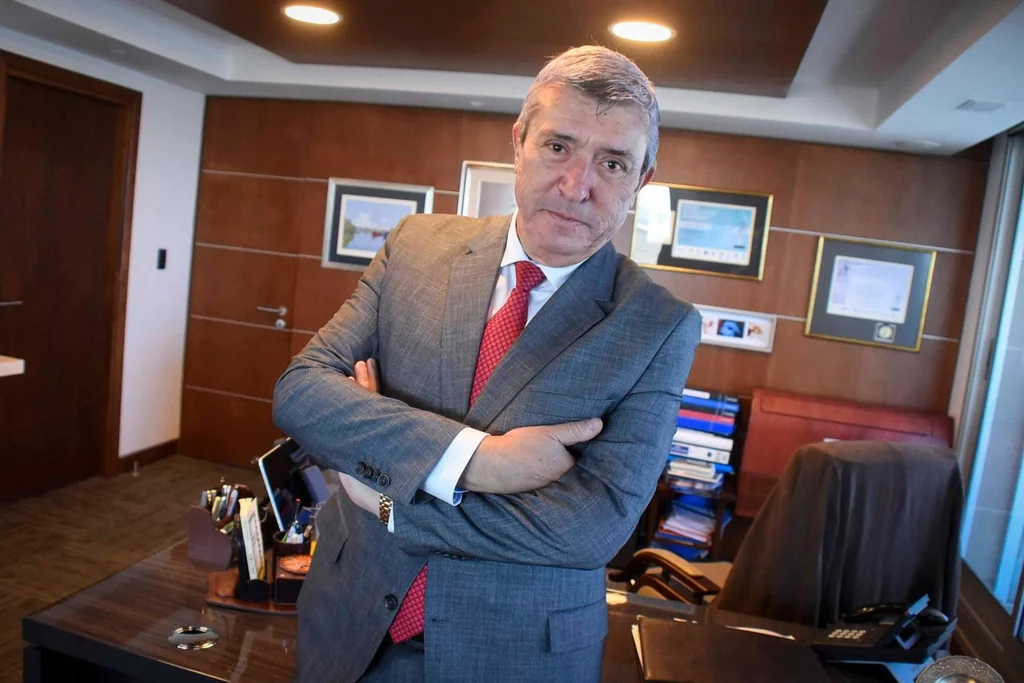
Camilo dos Santos
Juan Salgado, president of Cutcsa
In 1999, ticket sales for the entire urban system fell for the first time and, since then, the trend would not improve until 2004. “It was there when the recession that the country was going through began to be felt,” recalled the president of the Chamber of Transportation and Cutcsa, Juan Salgado, in dialogue with Coffee & Business.
Sales went from 313 million in 1998 to 296 million in 1999. By 2000, the loss was around 5% again, and this decline was repeated in 2001.
Nevertheless, In six months corresponding to 2002, the drop in tickets compared to the previous year was almost 11% and 239 million tickets were sold. In 2003, with almost 226 million tickets sold, “We hit the bottom and the worst situation in our industry in the modern history of the transportation system was recorded,” Salgado recalled.
The urgent need to produce reforms to deal with the economic situation facing the country led the transport company, for example, to decide not to replace the positions of the guards once they retired and to establish the system of conductor collector. “The main objective was not to fire anyone and luckily we were able to fulfill it,” said the executive.
“Periodically we received calls from then President Batlle to find out what the situation was and to encourage us to improve,” the executive recalled. Luckily, the four legs worked well: the company, the workers, the national and departmental governments; That allowed us to get ahead more easily.”
The 20 years of the 2002 crisis find Cutcsa facing a new bogged down situationdue to the pandemic and the confinement that also took a toll on the business.
“We have not yet fully recovered from the health situation and I even believe that the new 100% demand for urban transport is 82% of the activity that was recorded during the pre-pandemic years,” Salgado concluded.
Zonamerica: “We were a kind of lifeline for the Uruguayan economy at that time”
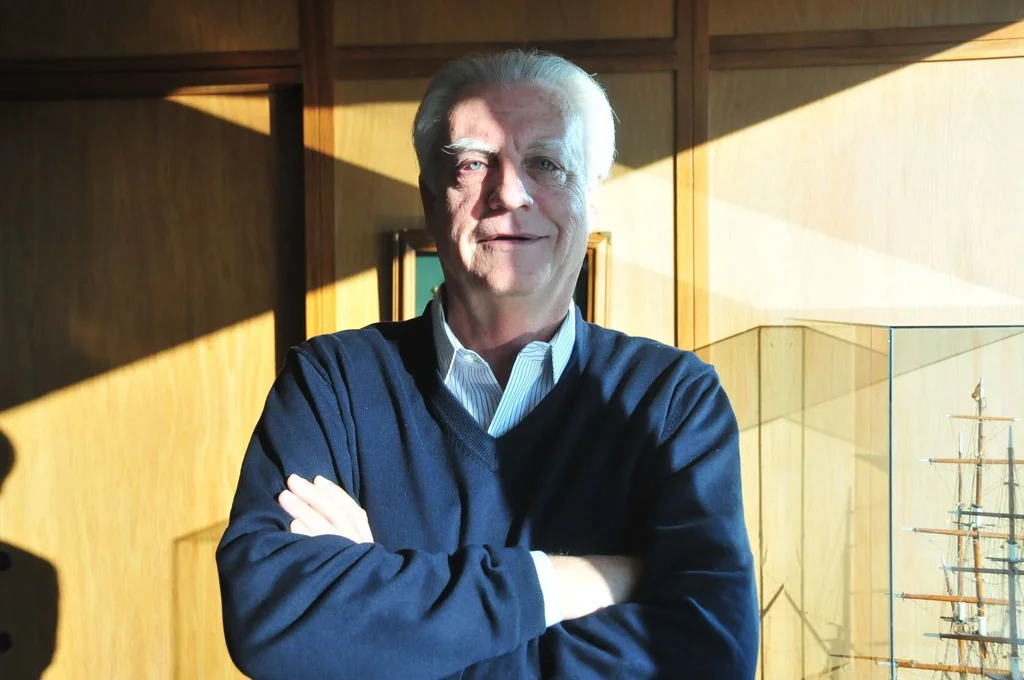
Ines Guimaraens
Orlando Dovat, founder of Zonamerica
By 2002, the Zonamerica free zone was already a consolidated company in the field with 12 years of existence. When the recession began, “we recorded years of a lot of investment in infrastructuresuch as building development, street infrastructure and the expansion of the property from 53 hectares to 93”, recalled the president of that company, Orlando Dovat in dialogue with Coffee & Business.
Due to the characteristics of the company, Zonamerica did not feel the immediate effects of the 2002 financial crisis, since it kept its accounts in dollars. “We do not suffer an immediate reaction, beyond small collateral effects”, product of the generalized situation, said the businessman.
“We know that it was a special situation, but companies like Zonamerica were a kind of lifeline,” he said. Dovat also recognized that the fact of not having a link with the affected banks during the crisis was a determining factor so that Zonamerica was not compromised.
“Oddly enough, crises are also opportunities,” said Dovat.
In this sense, the businessman, who is also a founding member of the free zone, explained that as a result of the considerable drop in employment and wages, together with the rise in the dollar, new companies and actors came to play in the country —such as Saber Holding, a company with 1,000 employees. This made the national market became “more competitive”. Consequently, “the country was able to achieve strength from that crisis, from which much was learned,” concluded the businessman.
